Diwali 2022 will be a holiday filled with inspiration. With our roots in India, we have a deeply personal connection to this celebration. Diwali is truly a celebration filled with beautiful elements that everybody can appreciate and enjoy. We’re excited to share more about India’s most significant festival today.
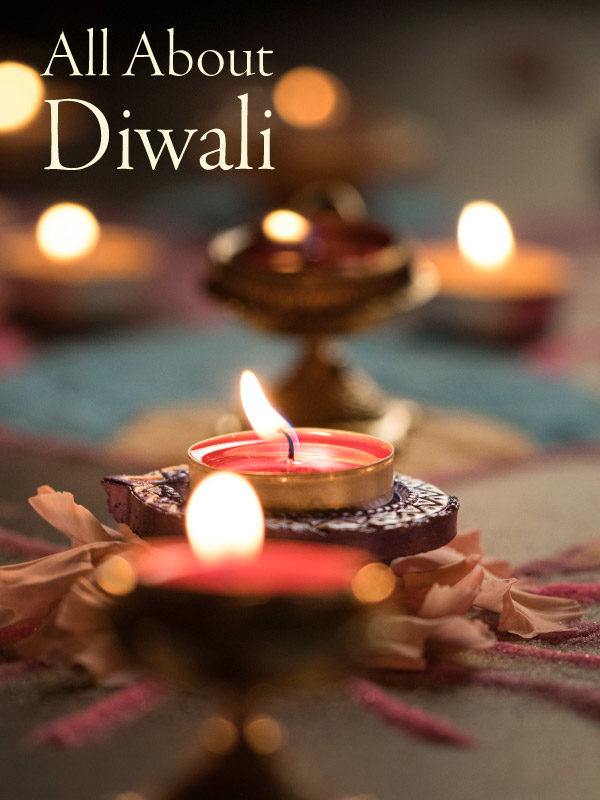
What is Diwali?
Diwali is a five-day celebration that marks the first day of the Hindu New Year. Known as The Grand Festival of Lights, the word stems from the Sanskrit deepavali, or “rows of lighted lamps.” During the festival, people light diyas (earthen oil lamps). This is done to welcome Lakshmi, the goddess of abundance, wealth, and prosperity. Diwali signifies the victory of good over evil, hope over despair, knowledge over ignorance, and light over darkness. This is India’s biggest festival of the year.
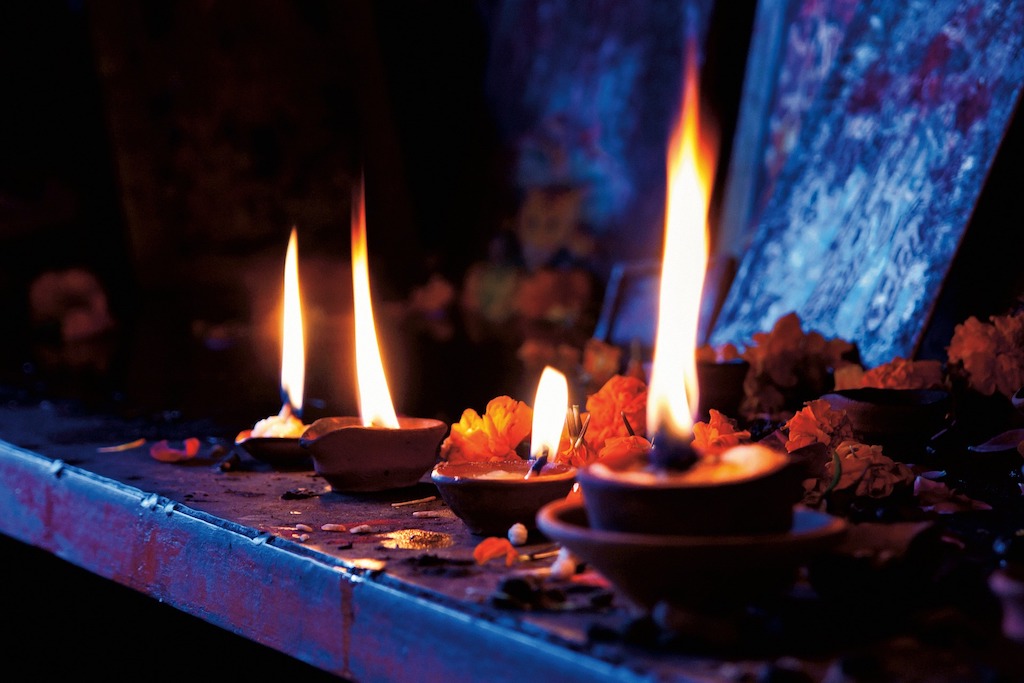
Where is Diwali celebrated?
While people celebrate Diwali throughout India, different regions emphasize different customs. For example, northern Indian celebrations focus on the return and coronation of King Rama from his exile. Other parts of the country link Diwali with Parvathi, the goddess of love and devotion.
You’ll also find Diwali celebrations in Malaysia, Fiji, Guyana, Nepal, Mauritius, Myanmar, Sri Lanka, Singapore, Thailand, Japan, and Australia.
When will Diwali 2022 take place?
Typically, Diwali occurs on the New Moon of the month Karthik on the Hindu calendar, which is based on lunar and solar cycles. In this type of calendar, the festival dates change each year. In general, Diwali occurs in October or November.
In 2022, Diwali takes place from October 22–October 26, 2022. Some families choose to celebrate the third day only, but most families and communities still partake in a five-day festival.
Common Diwali greetings and customs
Throughout Diwali, we appreciate symbols of the inner light that protects us from the darkness. With that in mind, we present a few common greetings perfectly in tune with the spirit of the celebration:
Happy Diwali! May your life be as bright and colorful as the lights of Diwali.
May every aspect of your life be as luminous and wonderful as the lamps of Diwali.
May the light of the diyas guide you toward the way of wealth and prosperity.
If you have friends celebrating this holiday, be sure to wish them a Happy Diwali!
Fun Diwali traditions and celebrations
Diwali presents a bold display of beauty and inclusivity. Each of the five days carries with it special meaning and customs. We’d like to share a few of these along with how our team in Sanganer celebrates during the festival.
Diwali: Day 1, or Dhanteras
The first day of Diwali is known as ‘Dhanteras’ or the worship of wealth and many worship Goddess Lakshmi on this day. Many consider this an auspicious day for big-ticket purchases. It’s sort of like India’s take on Black Friday!
We deep clean our Saffron Marigold printing studio on Dhanteras to prepare for the week’s festivities.
Diwali: Day 2, or Choti Diwali
The second day is Naraka Chaturdashi or ‘Choti (small) Diwali.’ Many people wake up early on the second day to practice purification rituals. This day emphasizes cleanliness and beauty. Purification rituals will include aromatic oils, turmeric, sandalwood paste, and bathing.
Day 2 also serves as a day devoted to beautifying one’s work space and living space. On this day, we decorate the Saffron Marigold design studio. Here you’ll find masses of marigold flowers, clay lamps, and intricate patterns using colored sand.
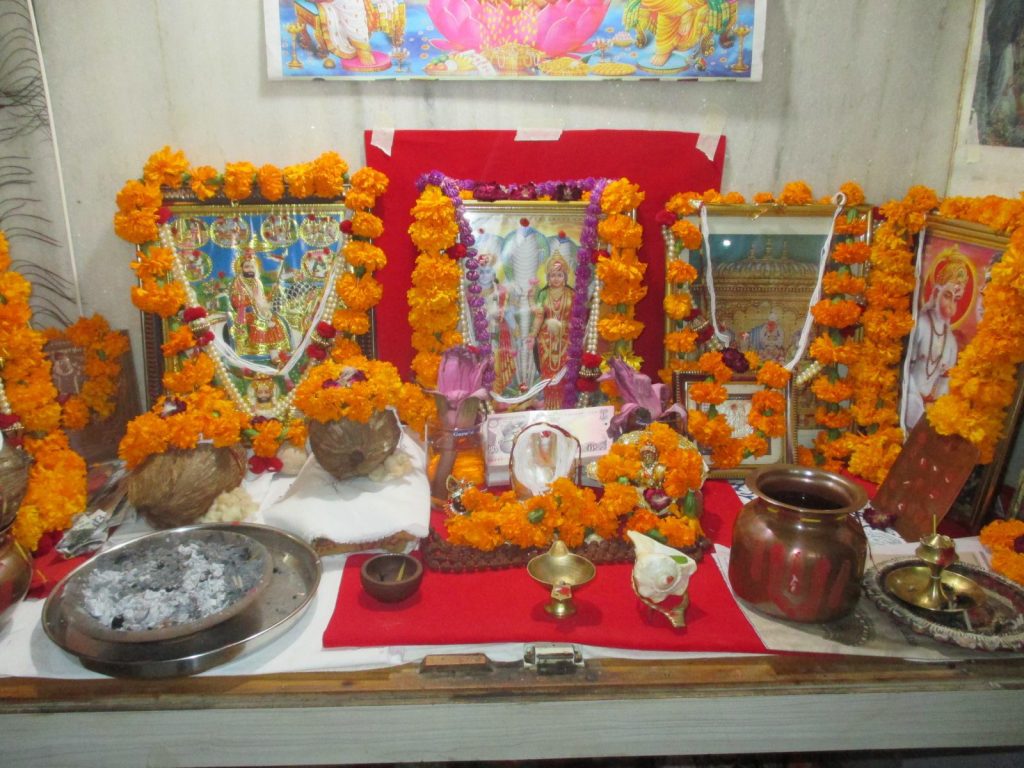
Day 3: the main Diwali festival, Lakshmi Pooja
The main Diwali celebration takes place on the third day. This is the day of the new moon, and this is when the goddess Lakshmi is invited at home. People worship Lakshmi exuberantly and ardently. Come evening, celebrations include abundant lights, fireworks, and feasts!
At our studio, the Lakshmi Pooja extends to the printing tables, wood blocks, sewing machines and all other tools used to make our linens. We also recognize and honor our artisans on this day with gifts and sweets.
Saffron Marigold practices the Diwali tradition of inviting everyone associated with our India operations to print fabric together. Each person takes a turn stamping a few blocks on this communal yardage.
Our team in India sent us photographs of their Diwali celebrations–have a look!
Day 4, Padva
The fourth day–Govardhan Puja or “Padva”–celebrates Lord Krishna. It marks the beginning of the Hindu New Year, and this is when friends and relatives visit with gifts and best wishes for the season.
The final day of Diwali: Bhai Dooj
On the fifth and final day of the festival, brothers visit their married sisters. During this visit, they present the fabric printed on Lakshmi Pooja. In turn, the sisters welcome their brothers and cook a meal in their honor.
We feel like the next tradition is the best: the making of sweets! It seems that no matter the culture, every important celebration involves making and enjoying sweets. Everyone enjoys indulging in Diwali desserts.
Evening brings the lighting of lamps and fireworks, bursts of light, and sparkling flames. The lights invite the goddess of fortune to one’s home– the brighter, the better!
Diwali foods, treats, and sweets
Feasting plays a major role in all Diwali celebrations. Most Indian homes take great pride in making an assortment half a dozen–or more!–sweet and savory delicacies known as faral.
Chivda, Gujiya, Farsan, Sev, barfi, and ladoos are just a few of the many sweet temptations people will prepare or buy.
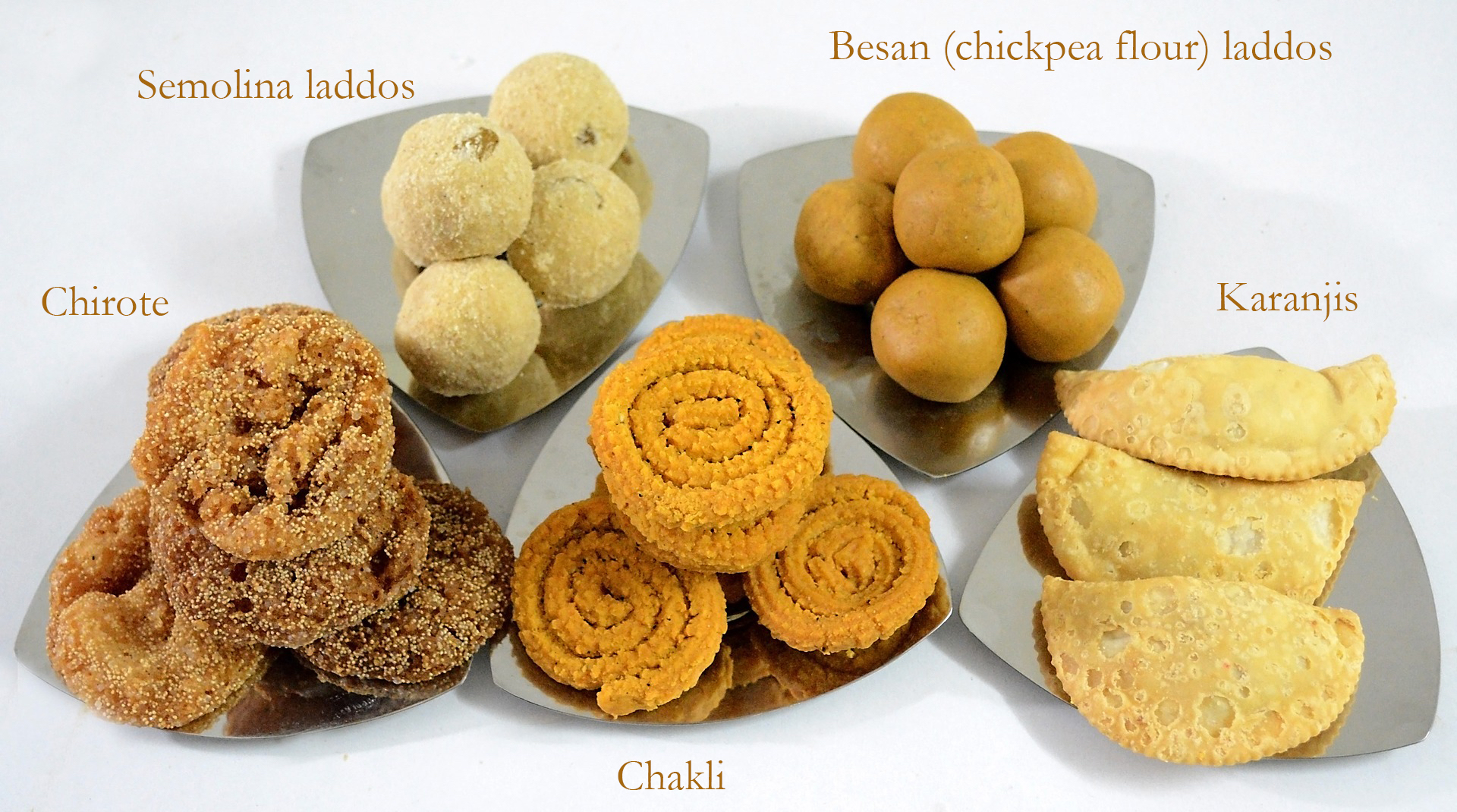
Simply visit your nearest Indian grocery store to sample faral. Stores start stocking up on goodies and decorations a week before the festival. However, you might want to try your hand at making some traditional treats.
- Kaju barfi is a diamond-shaped cashew and milk treat found throughout India during Diwali.
- Chakli is a crispy rice flour snack. Easy to make, it’s the perfect finger food for a Diwali party.
- Phirni, a rice and milk pudding, features an exceptional flavor profile.
- Samosas are a well-loved snack. You’ll find countless recipes for this fried treat.
- Ladoos are irreplaceable. They can be prepared from an array of ingredients, making them versatile and fun. Every household has at least one favorite recipe for Diwali ladoos.
Festive Diwali decorations & ideas
There are two essentials for Diwali decorations: light and color. People spend lots of time deep-cleaning their homes to prepare for a new beginning. Fresh paint, new colorful curtains, and bright decorations invite luck while getting rid of misfortune. Shopping for gifts and purchasing new home decor welcomes new beginnings.
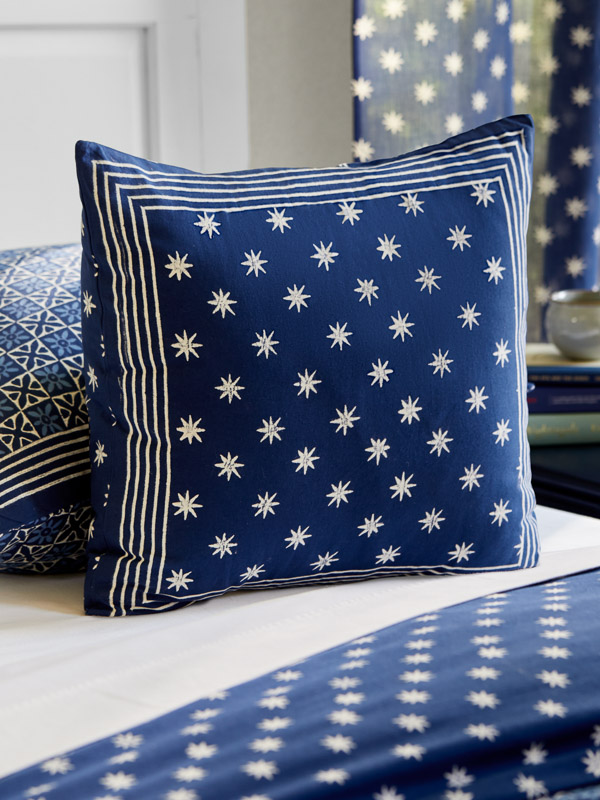
Our gorgeous collections of Indian block printed textiles give you a beautiful way to bring the colors of Diwali into your home. Here are a few simple ideas to inspire your decorations and holiday shopping.
Block print throw pillows
Creating an inviting assortment of plump cushions is the easiest way to ramp up the color intensity and create a festive setting. Make your living room Diwali-ready with our block print throw pillow covers.
Colorful tablecloths
Our line of block print tablecloths inspire festive family dinners and celebrations. Simply add a few accessories, lanterns, and colorful ribbons, and your dining room will evoke the spirit of Diwali.
Indian curtains
Another way you can decorate your home for Diwali is by hanging beautiful curtains on your windows. When the light of the lamps reflect in the sheer fabric, the curtains will completely transform the window and create a bit of fairytale magic.
Beaded valances
You’ll love using our handcrafted valances to frame an altar space or add a splash of festive color and dazzle to your windows.
Diwali Altars
Creating an altar for Diwali devoted to Goddess Lakshmi is a deeply significant part of the celebrations. Our very own designer and Saffron Marigold owner Anisha Ghosh set up this altar in honor of goddess Lakshmi.
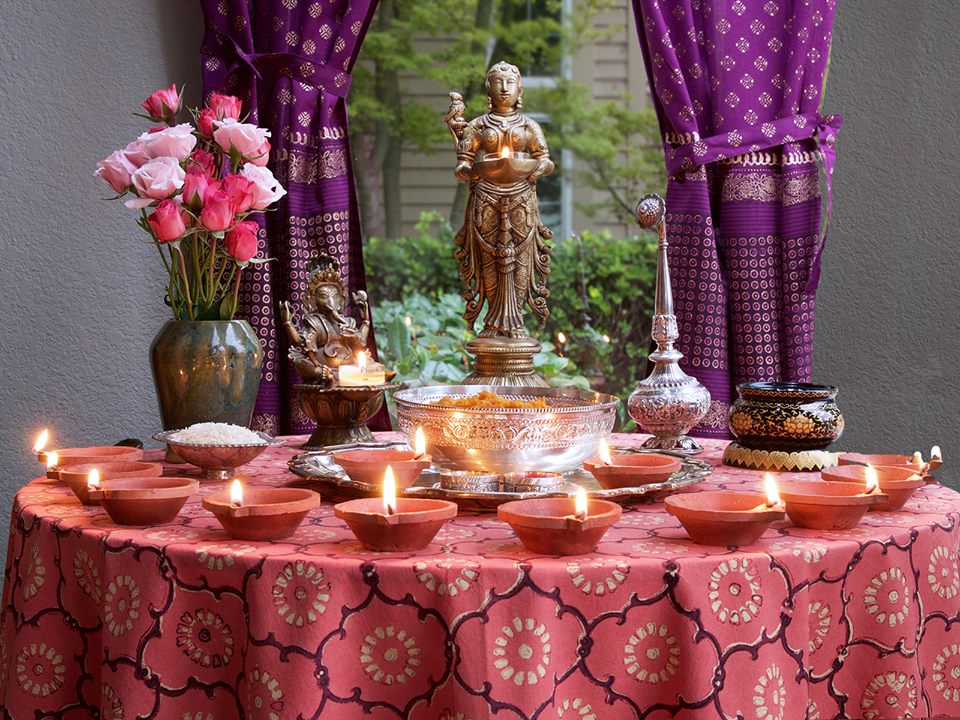
Dear wonderful friends of Saffron Marigold!
Here’s wishing you a joyous Diwali blessed with much prosperity and abundance.
I am sharing the altar I set up in honor of goddess Lakshmi. I also seated my Ganesha–the remover of obstacles–on the altar beside Lakshmi.
The India Rose tablecloth to symbolize the pink lotus she is always seated on. To frame the altar, I chose the Mystic Amethyst curtains since their gilded accents pay opulent homage to the goddess of prosperity.
Twelve earthen diyas represent each month of the calendar.
I offered some of the most intoxicating rose incense I have had the pleasure of experiencing in the black and gold burner. The silver “attardani” (rose water sprinkler) is a family heirloom, now over 100 years old.
My Dad made the ceramic vase in a seniors center pottery class when he visited me in Petalum years ago. The silver bowl was a wedding gift from my in-laws. It holds the prasadam (offering). I made Gajar Halwa (Carrot Halwa), India’s equivalent of a pumpkin pie and a favorite winter indulgence.
With much love, Anisha
Diwali lights
In Hinduism, light signifies purity and good luck. The existence of light makes the existence of darkness impossible. This is one reason why most religious temples feature candles, small lamps, or lights.
Since Diwali is celebrated on the day of the new moon, the sky is completely dark. The lighting of lamps is significant spiritually and socially: lights placed out of the house reflect the inner brightness we all carry inside. It also shows unity as a single diya can illuminate a large area, including the yard of a neighbor.
Diwali light displays have turned into a source of pride and joy. Some are recognized for their intricacy. Communities have developed their own unique styles, and the light arrangements will carry the local spirit in terms of color, location, and even in the patterns crafted out of tiny lights.
This year, go out and choose a few candles or traditional diya lamps and enjoy setting up your own Diwali lights!
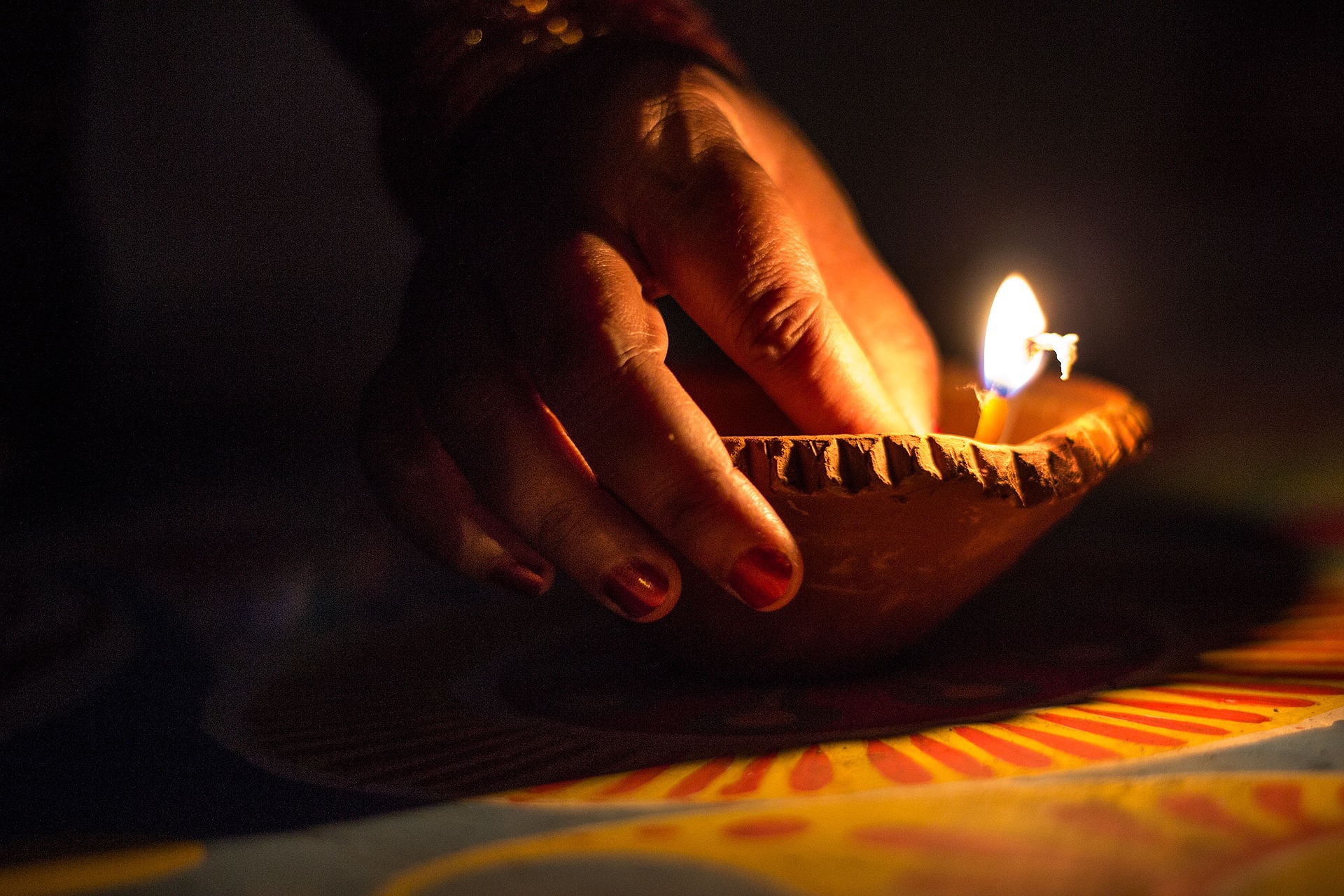
Colorful candles
Create your own Diwali display with a set of hand-painted candles adorned in beautiful patterns that are fitting for this bright holiday. This year, light your candles on October 24, the day of the new moon and main Diwali celebration.
Celebrate Light in Your Own Way
We hope you enjoyed our guide to India’s Festival of Lights and enjoy learning about some of the ways we celebrate this special time. Whichever way you choose to celebrate, what matters the most is carrying the inner light in your soul and inviting goodness into your life. Happy Diwali!
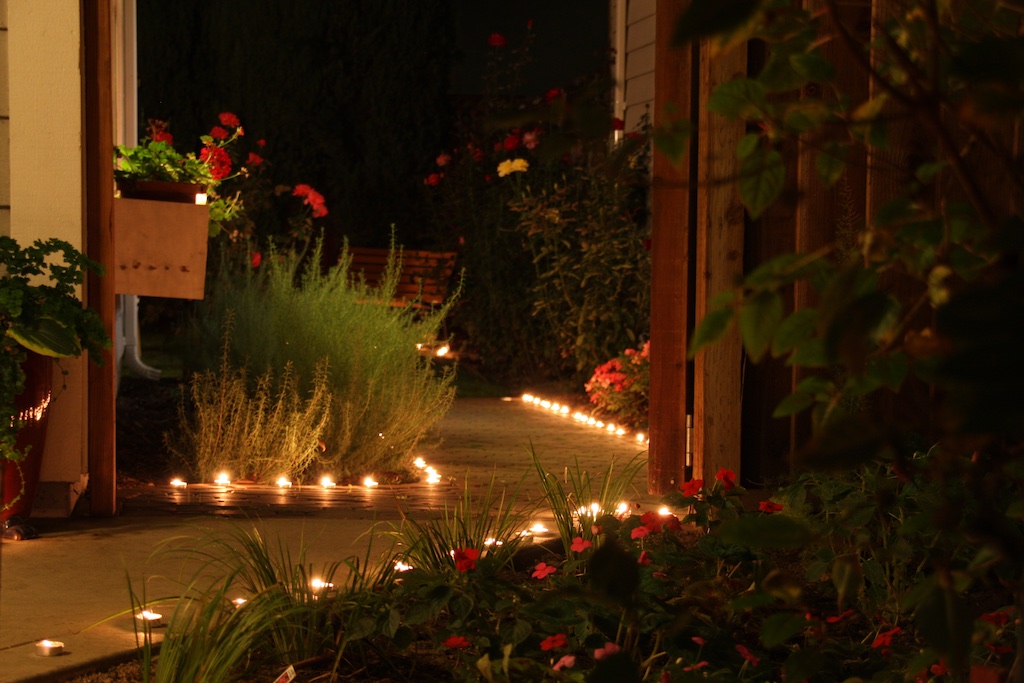


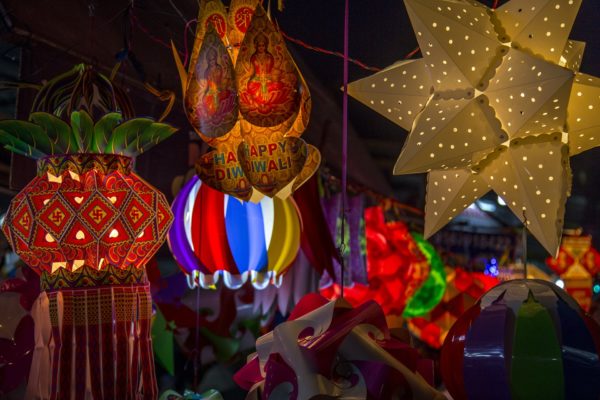
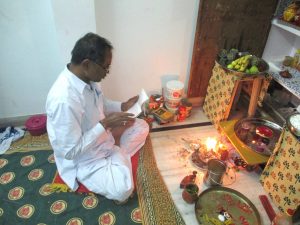
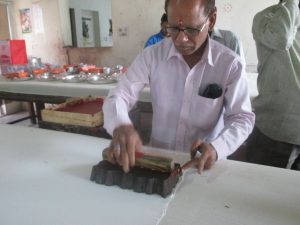

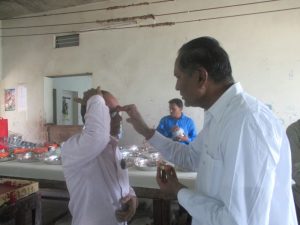
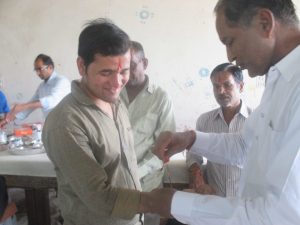

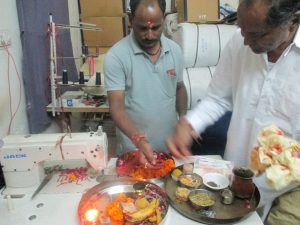
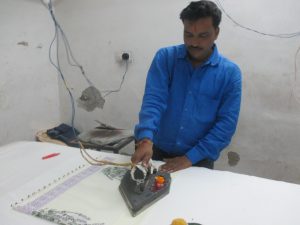
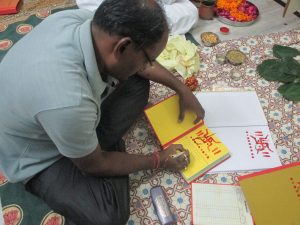
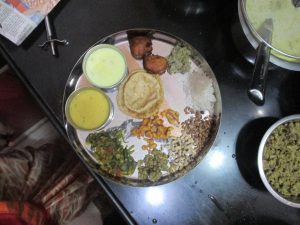
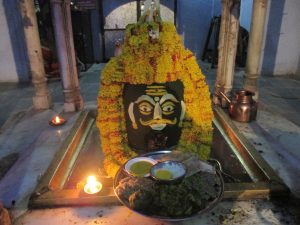
Thank you for the lesson on Diwali
You’re welcome, thanks for reading.
As a Baha’i, it is important to me to know about different religions. Thank you for your explanation of the Hindu celebration of Diwali.
We appreciate you taking the time to read and reach out to us. Glad our guide was able to inform and inspire, and thanks again for stopping by!
I really enjoyed reading about Diwali and the traditions of the 5 days. I especially enjoyed the idea of making the places you live and work bright and new with the wonder of lights, beautiful fabrics and, of course, the sweets. I’m thinking that I may need to search out where I can come some of the sweets that are mentioned in this article. I know where I can get the beautiful fabrics! Thank you again for the education and the sharing of traditions that are old, but new to me and others.
Thank you so much for your kind words and enthusiasm. It is a very special holiday to us, so we are always thrilled when we can share it with others. Happy Diwali!